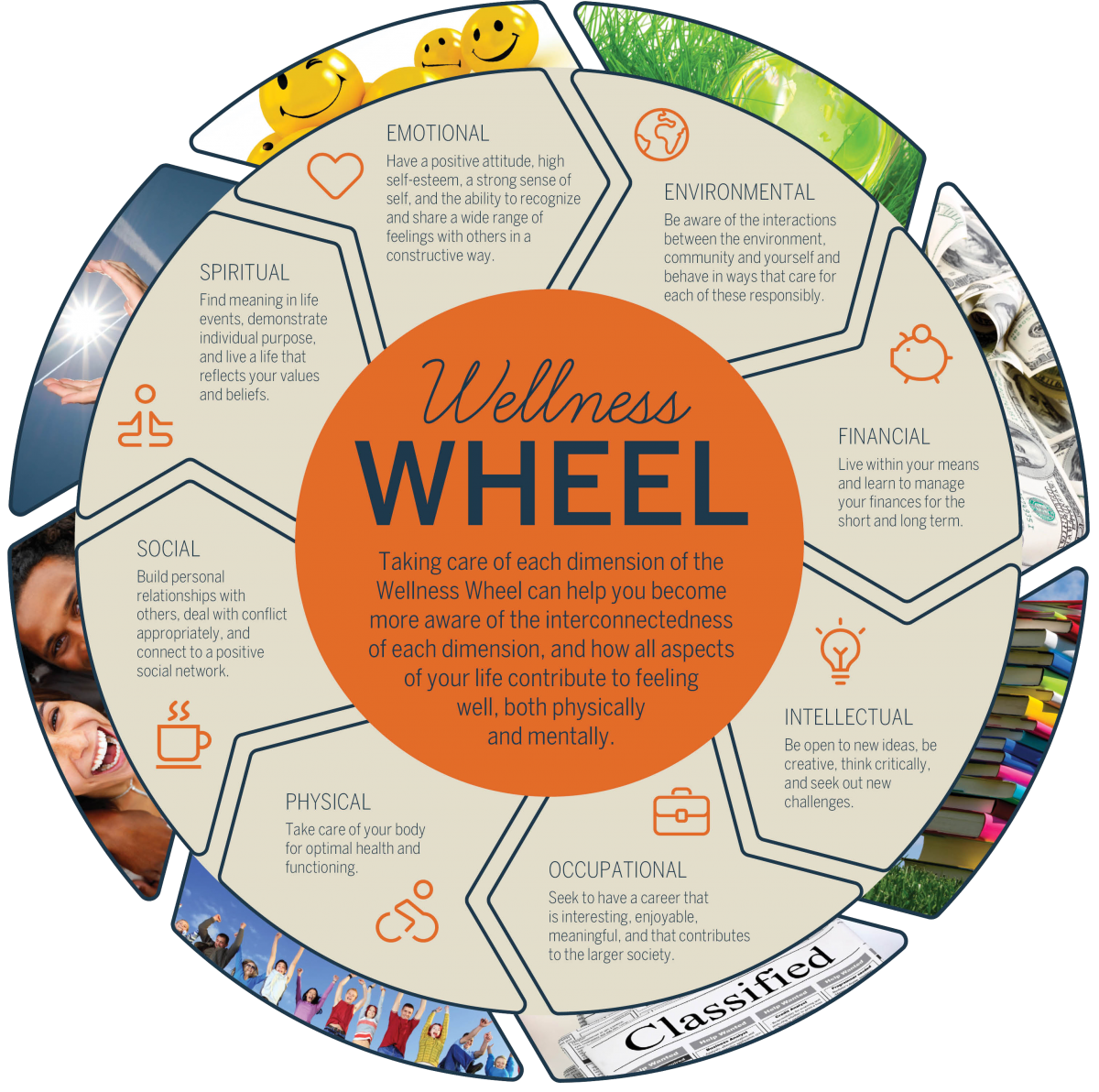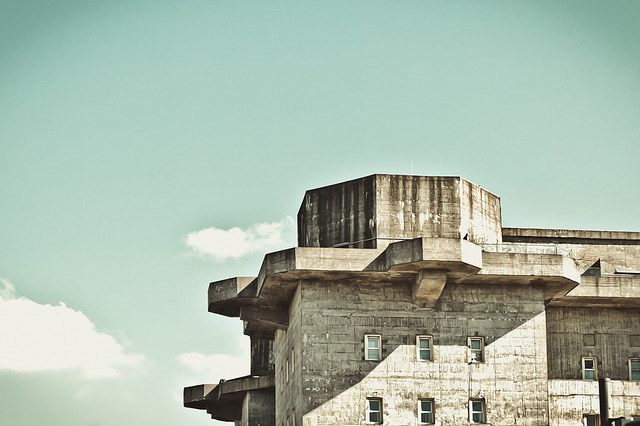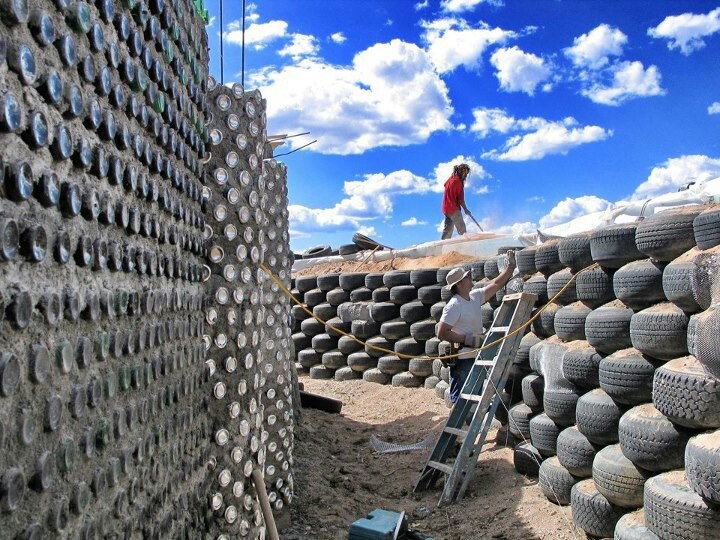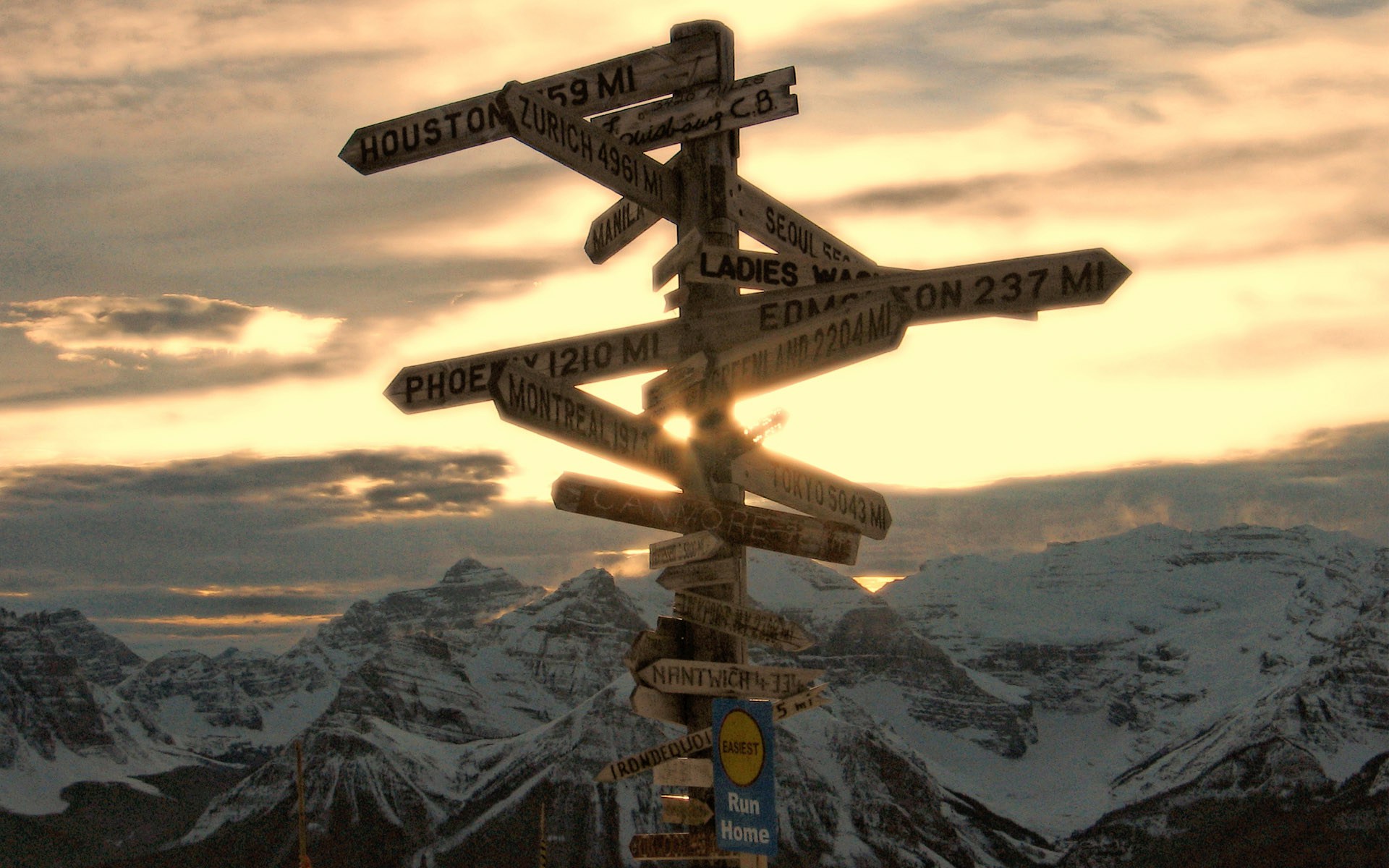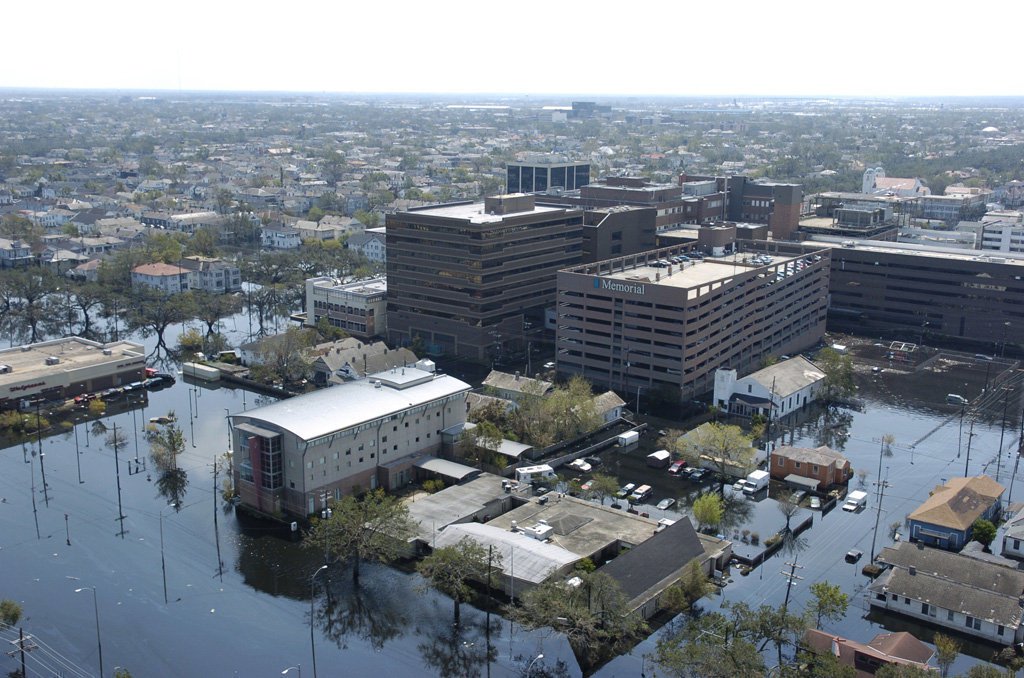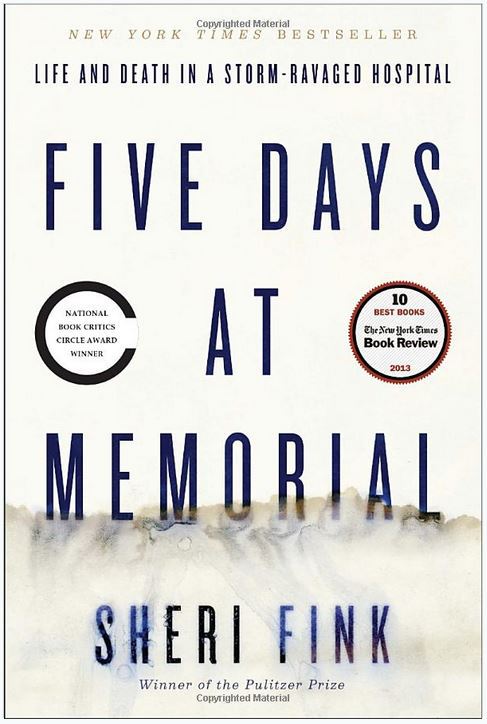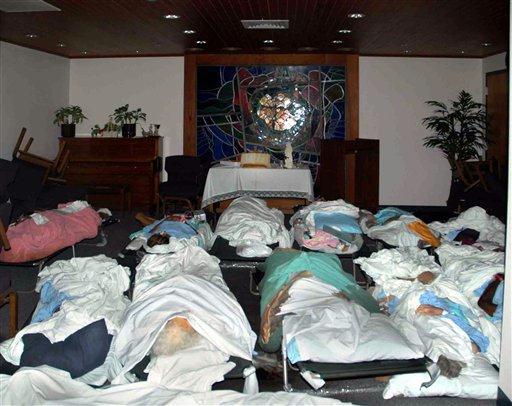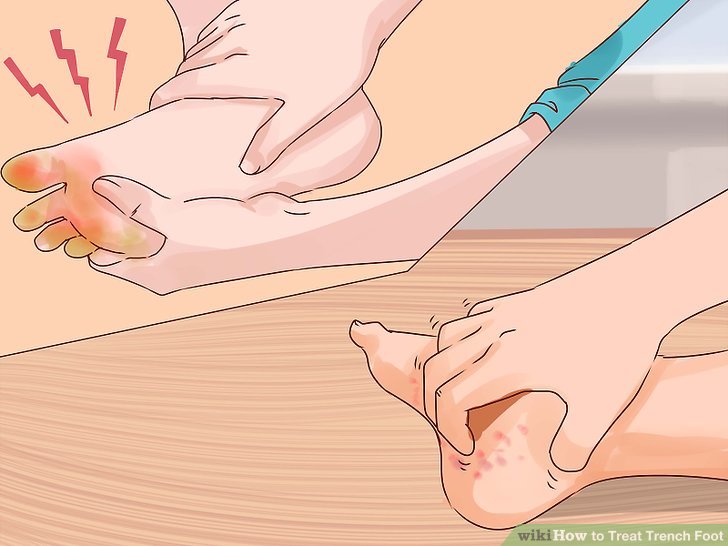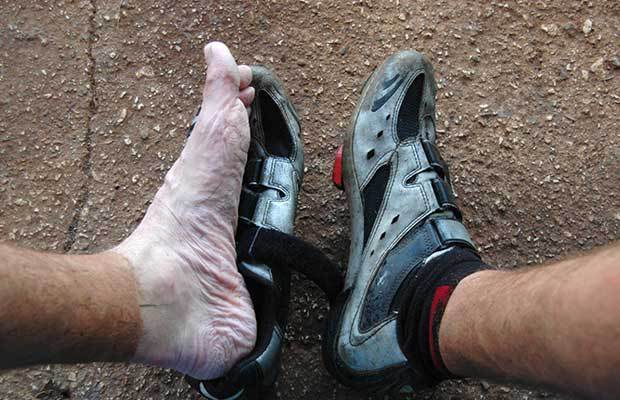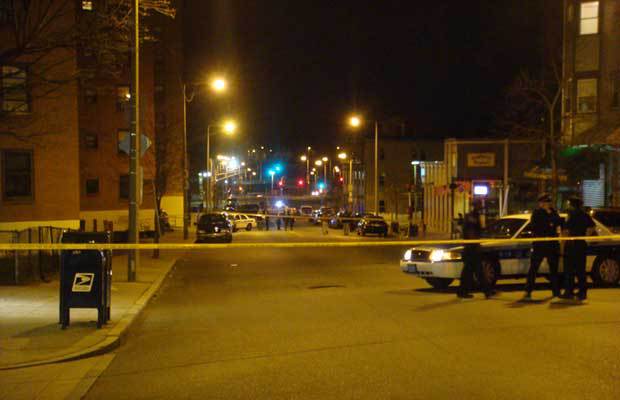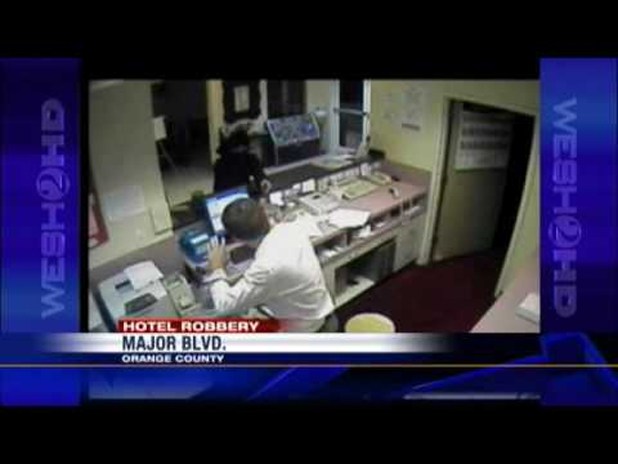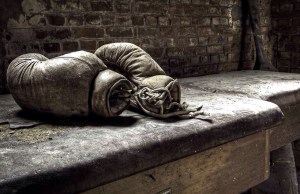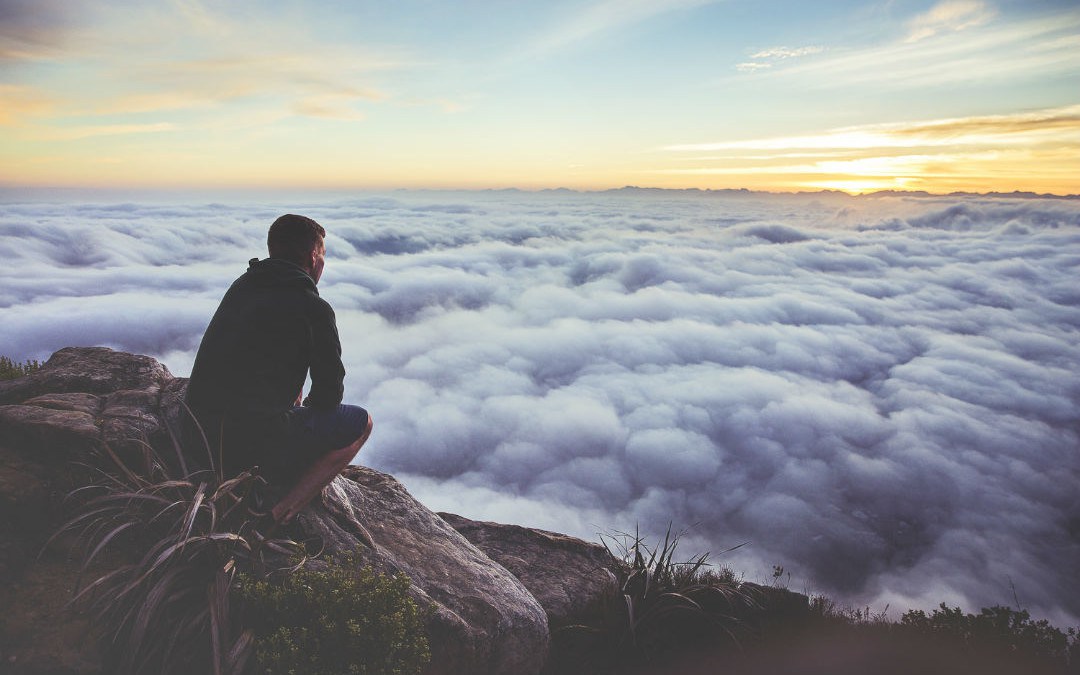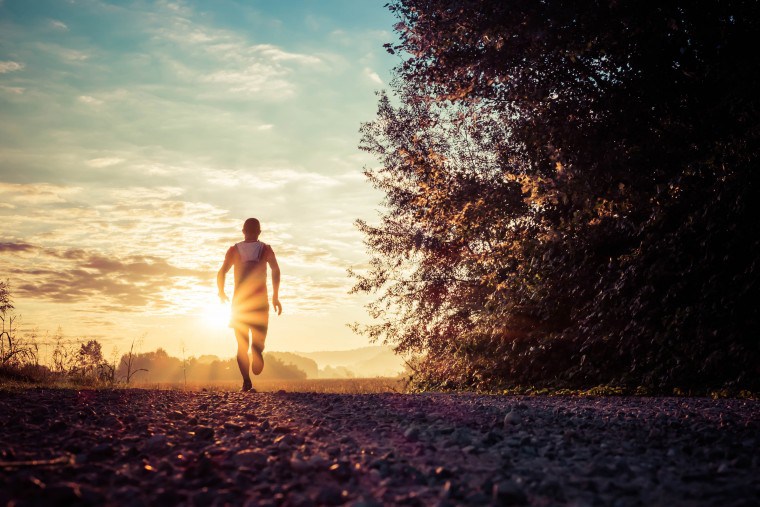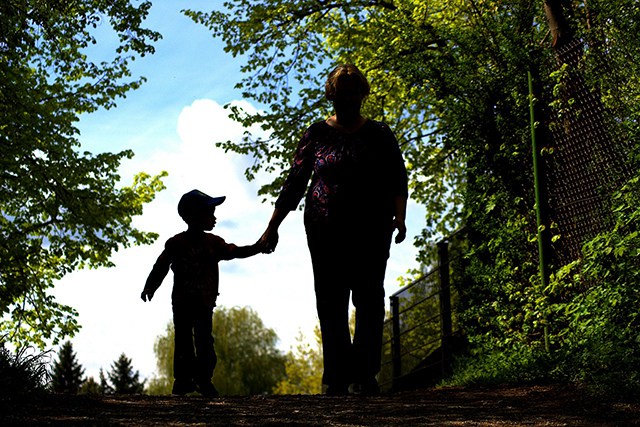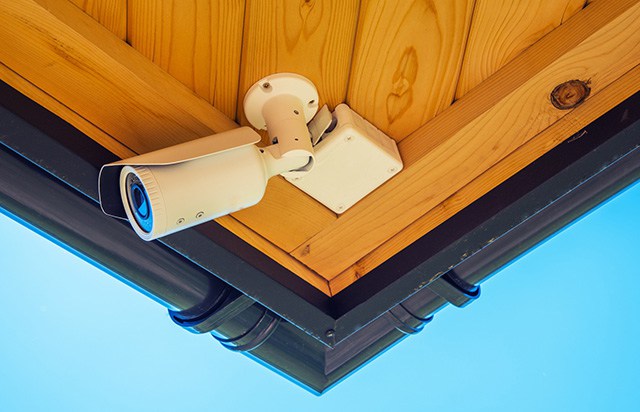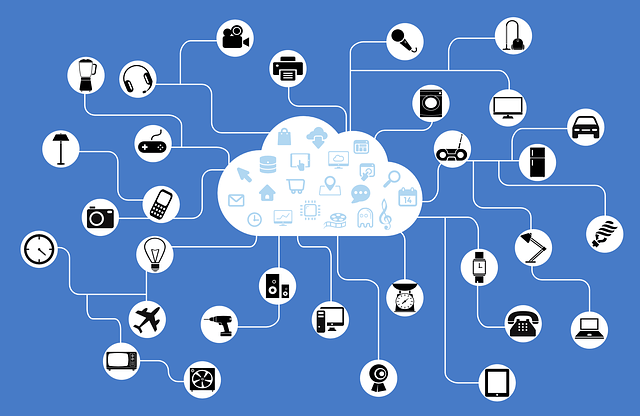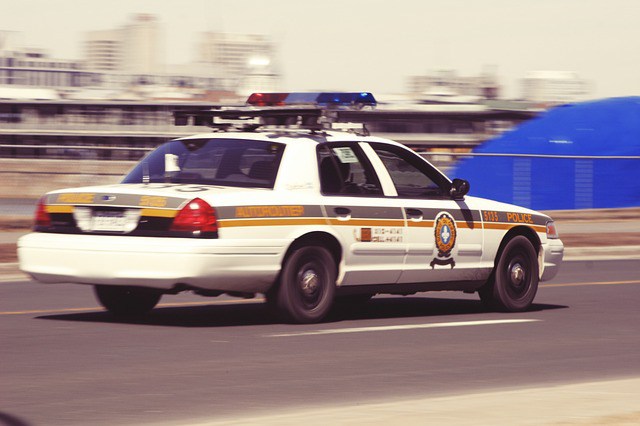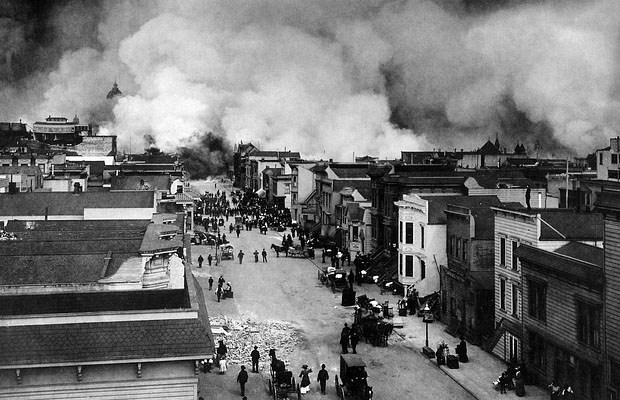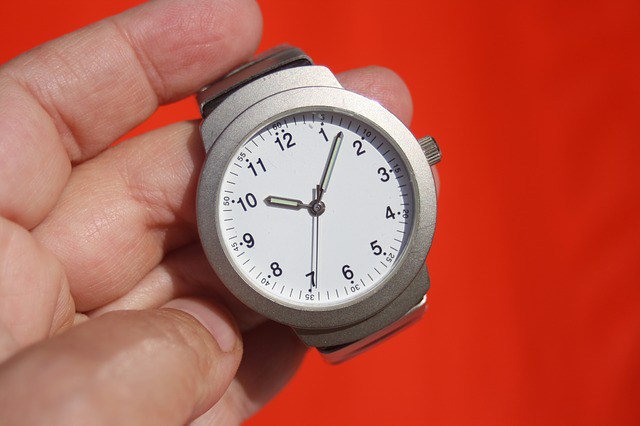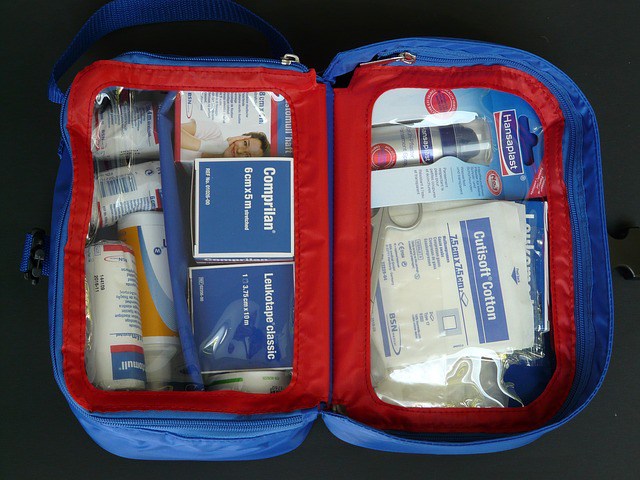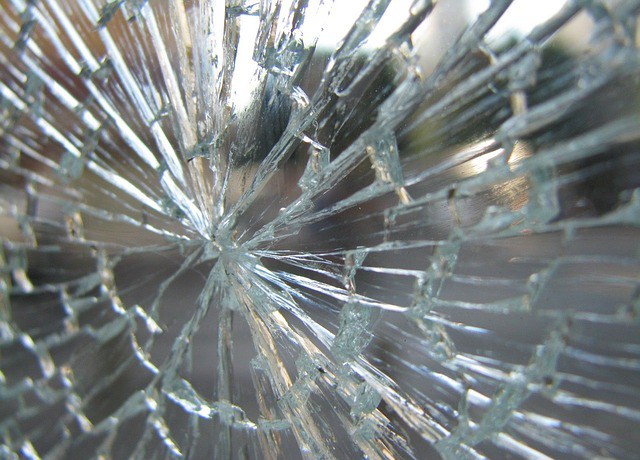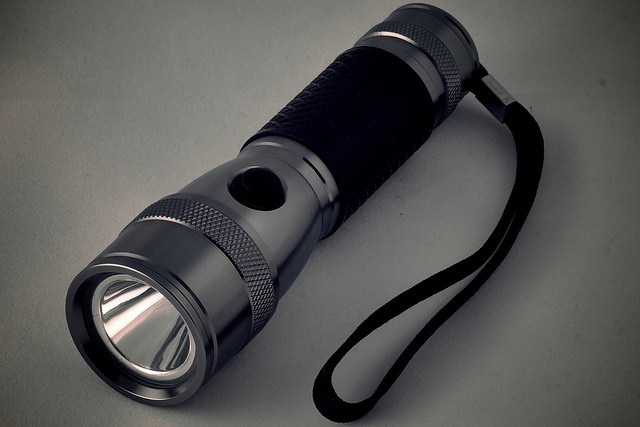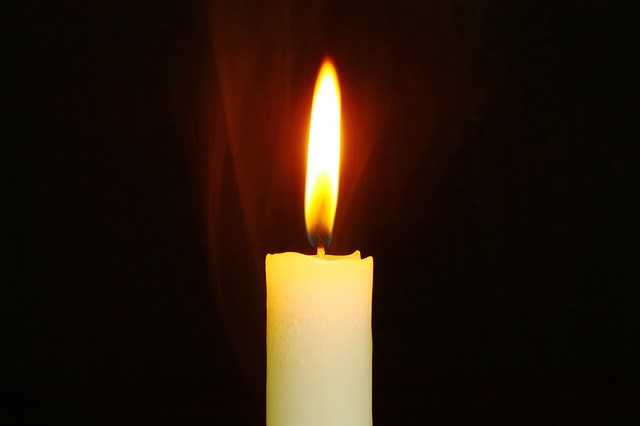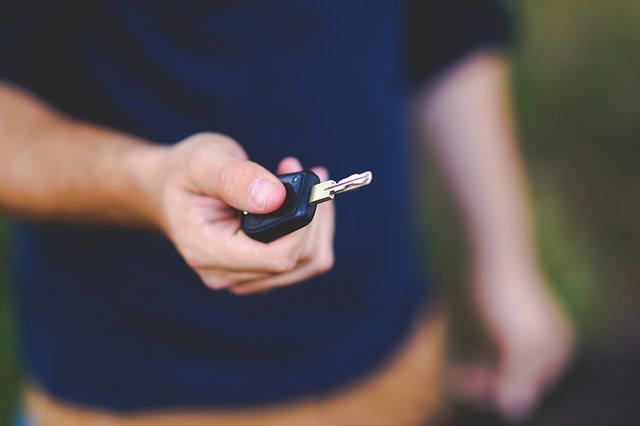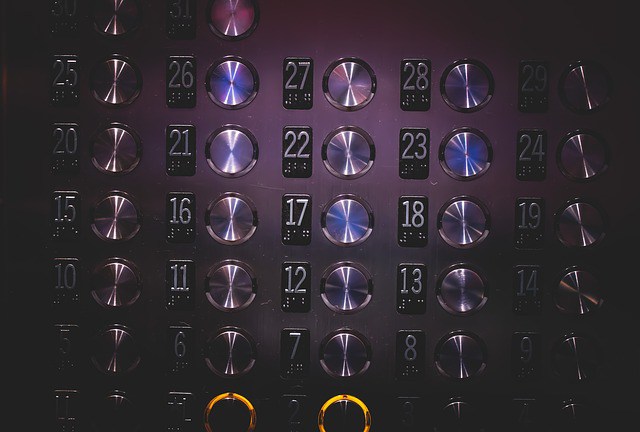The Preparedness Wheel: At-A-Glance Balance Check for Readiness
There’s a little tool called a health wheel I learned about as a victim’s advocate forever ago. Another variant is called a wellness wheel. They’re not complete and total bunk since they can help keep our lives more balanced, but the real reason I bring them up is that as soon as I saw one, I immediately thought of the preparedness application. It’s not about the mental and emotional health. It’s about the balance. When wheels are balanced, we roll much more smoothly through life’s up and downs. Converting a wellness wheel to a preparedness wheel gives us an easy visual of where we’ve concentrated our efforts and if the rest of our preparedness needs and goals are in balance.
Anybody who’s dealt with a broken wagon wheel or a bent or flat bike, cart, or dolly tire can tell you how much harder they are to deal with. In preparedness, leaving one wedge of our wheel empty while another bulges can have serious implications – like watching crops and gardens we were counting on fail for lack of the pest control we usually buy, or having whole bedrooms of firearms and ammo but watching them disappear because we had a lack of smoke detectors and fire control mechanisms.
Health & Wellness or Happiness wheels can be found in many formats, but all were designed to help people self-assess the balance in their lives. The same can be applied to preparedness to ensure we aren’t overly concentrating on one aspect while ignoring another.
Working in stages isn’t a new concept. Tweaking a health or happiness wheel into a Preparedness Wheel just allows us to visualize our progress, increasing the chances that we truly are well prepared for the small stages, and haven’t wasted time, money and space for lack of focus on another area
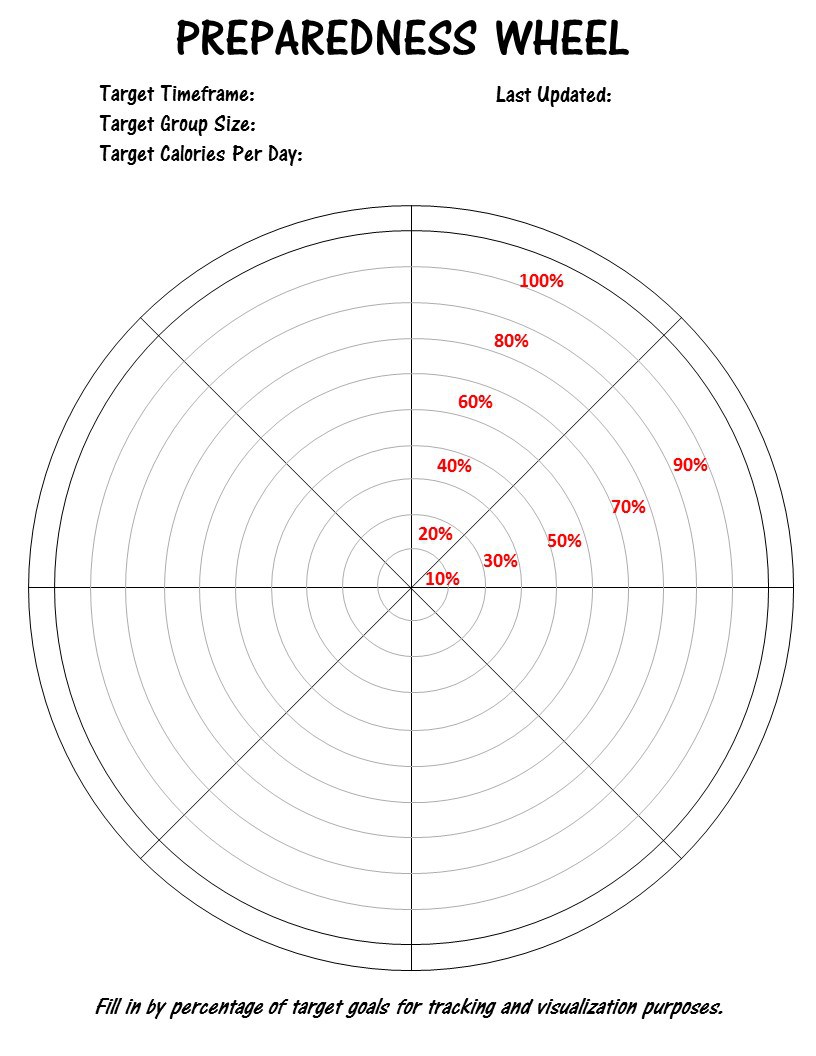
- food
- water
- hygiene
- security/home/property defense
- self-defense
- cooking
- heating
- lighting
- cooling
- refrigeration
- food preservation
- generator(s)/power
- fire prevention & control
- evacuation/Bug Out
- home repair & maintenance
- childbirth or child growth
- medical & first aid
- vehicle repair & maintenance
- flood control
- garden seeds/tools/supplies
- livestock & feed/meds
- pet supplies
- entertainment & recreation.
Some of them lend to being grouped together for easy comparison. Some have less direct impact on each other. Some things like basic tools might cross between categories and thus rate their own wedge. Whether we want to only track physical items or want to include training and skills development is just one of the ways we can tailor a wheel to our own uses.
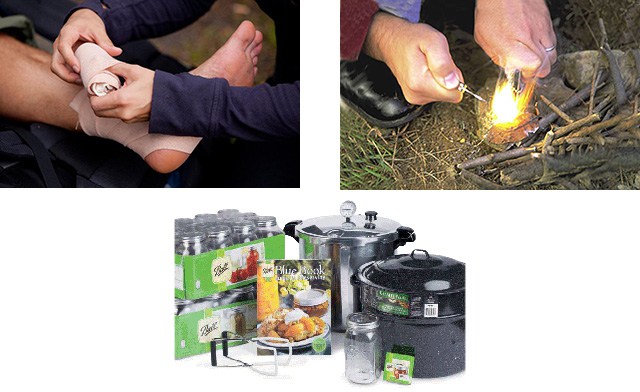
We can tailor our wheel however we want – to include only supplies, or the skills we’ll need to use them. We can also create separate wheels for all phases of preparedness – like the skills we want to acquire – so we can visualize our progress.
One of the reasons we’d use a preparedness wheel instead of just a list is that it allows at-a-glance progress evaluation, like other pie charts. That means the items on it do need to be measurable. Those measures can take place in our heads, however, or on a list. If I wanted to include a wheel for my dairy produce use, I might start with an add-a-dollop yogurt or cheese, and my progression toward 100% might be harder, more difficult, longer-storing cheeses made from powders or homemade rennet.
Customize your preparedness wheel to the best fit for you
Modifications to this are endless. There are reams of variants of the health and wellness wheel it’s taken from – no reason our spinoff can’t be the same. Go wild.
Make your preparedness wheel four or six primary wedges if inclined, and have other wheels that represent each of those categories in more detail.
For example, I could call it food & water, security, health & hygiene, and interactions. Then I could have a wheel of however many wedges to represent things like: stored foods in days or weeks or by pound, livestock and their various produce, livestock feed, my garden and crop seeds, tools and equipment, my stored water, various water treatments, and the sustainability/backups for my water plan(s). I’d have another wedge to represent each of my other categories as well.
At some point, just making a checklist or Excel/Access doc for the nitty gritty is going to be easier, but you can use those to generate charts as well for visualization and balance in preparedness. For example, my goal is to have no more than 20% of my dry grains be represented by either wheat or corn. As I add various grains and potatoes to my “starches/calorie base” category, I can run a chart to see where I stand with each of my types to keep to those levels.

We can use any number of wedges that we’re comfortable with to develop our own preparedness wheels.
Use a clock template to create twelve wedges quickly and easily. Instead of dividing each wedge into ten to create a percentage, make it twelve there, too, to represent a month of total needs in that category.
Dividing by weeks or months can be especially beneficial in keeping us balanced when it comes to food and the ability to prepare our foods. I will say it as often as I can: It does me no good to have 1-3-6-12-18-36 months of beans, grains, and pasta, 2 weeks of water, and 10K rounds of ammo (unless I also have a well or walkable-distance water source). I can just soak and use passive solar to turn a lot of grains and pastas into something consumable, but there are some things (kidney beans) that really do need to simmer, and if part of my plan is eating my hares or chooks or the abounding small game I’ve bet my survival on, I have to be able to cook them. A trash can of charcoal, a couple of five-pound fuel tanks, five gallons of lamp kerosene, and a shoebox of candles is not going to get me too far, especially if that’s also my heating and lighting fuels.
I also have to be able to have clean enough hands not to be giving myself diseases and having my hard-earned supplies running right through be, and to be able to treat myself should that misfortune occur.
The flip side of that, however, is to keep our wheel from overbalancing the other way, and some of that comes from honest self-assessment. Do I honestly have enough food that I need to cook to invest in timber axes and saws? Do I have enough water to merit diving that way?
Honest self-assessment is vital to how we assign priority even in the food and fuels example listed.
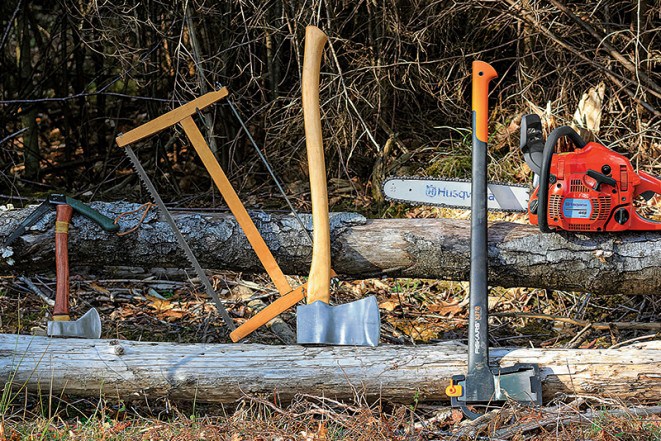
If I have acres of woods for a family of four, firewood and the tools to collect it are a worthwhile investment.
If I have acres of woods for a family of four, firewood and the tools to collect it are a worthwhile investment. If I live in a suburb with condos on the other side of a 40-foot-deep stretch of woods, I might want to hold off on turning myself into Paul Bunyan and plan for more foods that don’t have to be cooked at all, because others are going to knock on my door or take my wood pile or tools. If I have my target 20 acres but it’s grass pasture and flat farm, with only tendrils of woods and thickets between me and the next and a few fruit and shade trees near each house, I might invest in propane, charcoal and salvage wood instead of planning to compete with the neighbors for those tendrils and trees.
The wheel lets us keep that balance between our food and cooking fuels, just like other aspects of preparedness.
Big Benefits for Beginners
Going the other way, especially for beginners, consider letting the progressive rings or tick marks represent days and make it 7-14. Then make another where the levels represent weeks. Take a relatively quiet day and set a weekly time to fill it in. Sometimes actually seeing the progress helps not only with balance, but with motivation. Beginners – especially those who feel locked in by jobs and living spaces – sometimes feel totally overwhelmed or even worse, inadequate or incapable of ever reaching the levels of the people they’re reading posts and comments from. There’s no reason for that and this version of a pie chart can help mitigate it by making sure that the comparison most at the forefront is against a reasonable goal.
Read More: Prepping 101 – A Step By Step Plan for How to get Started Prepping
That doesn’t mean we shouldn’t continue to strive for sustainability, the perfect homestead the perfect distance from the perfect small but accepting and tight-knit community in the perfect climate. However, no Olympian ever popped out of a womb ready to challenge for the gold. They wormed, they crawled, they toddled, they walked, they ran, and then they kept running and training until they were running their trials and winning on the national stage.
We work in increments, ideally in balanced increments, and eventually we get there.
When the Balance Gets Badly Off
Some things just aren’t going to work for a weekly or monthly wedge, which is where having our targets written down and using the percentage-based measure comes into play. The wheel is not intended to suggest that there should be a one-for-one stockpiling of aspirin, canned beans, candles, tarps, ammo, and bandages, and that’s where filling in a wheel with percentages can help. Even so, there are priorities that shift.
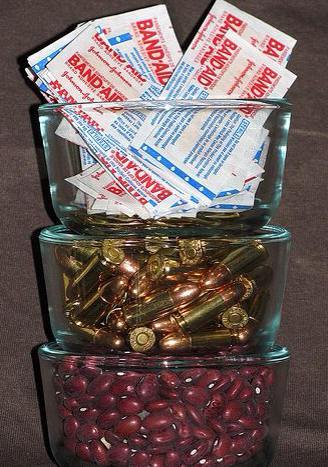
Beans, Bullets and BandAids….
I want my wheel to roll smoothly. I have this goal for a full companion animal and human dental and surgical suite, biohazard containment, and decon setup. Percentagewise, my goals might be in the neighborhood of $5-10K and nearly at zombie-ready at 60 percent. However, if 60 percent of, say, my food storage, is only 4 months … Would I be better served just to be able to handle standard first aid, sprains, a loose filling, stomach illnesses, everybody in the house to have a 10-day flu, and allergies, and applying the budget to becoming more financially resilient or bringing in the equipment/supplies to decrease my irrigation needs?
A lot of medical is like that, even beyond the fact that post-surgery dressing and bandage needs are enormous. Another common category that doesn’t always work out well purely by percentage is ammo and security.
Security is much like medical. There are some things we are each going to decide are far more important than the wife’s tampons for another month or a week of doggy chow. Other things … maybe not so much.
Firearms and ammo, however, we might assess a higher priority because we can’t manufacture them ourselves, and expect that they’ll disappear from stores way, way, way faster than plumbing connections for water barrels, chickens at the Human Society/ASPCA, baking soda, socks, or hammers and roofing paper.
Those are cases where we might be better served by assigning an outside priority rating. We’d like X amount of food, Y amount of water, and Z amount of other items before we increase our ammo stockpiles or pick up backup parts for something. We make note elsewhere, or we can assign a bare-minimum level to compare to the rest of our chart instead of our ultimate goal.
Exceptions to Balance
There are some exceptions to balance, as mentioned. Another exception is personal or family crises. These include things like injury, job loss, and big bills. They also include the loss of power or water during daily life.
Those are times when we could easily foresee grabbing some paper plates and a few small solar chargers so Moms can still have music while she makes dinner and phones can stay charged, and where we might have two weeks or three months of groceries without also planning to have enough water and fuels to cook, clean, and wash up before and after those meals.
Our goals for those aren’t quite as far reaching as a hurricane evac with four dogs, three kids and two horses where we’ve made arrangements to camp at a farm 150 miles inland, or any of the major events various preppers foresee. They might exist as a separate lists, since we’re not looking at being as utterly dependent on ourselves and our supplies as a big event. Since it doesn’t take as long to reach those goal (or involve as much memory of what we do and don’t have yet) there might not be as much benefit to a visual tool like the wheel.
There’s a little tool called a health wheel I learned about as a victim’s advocate forever ago. Another variant is called a wellness wheel. They’re not complete and total bunk


